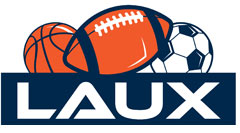Soccer Cleats & Futsal Shoes
Soccer footwear isn’t one-size-fits-all. Firm ground cleats with studs are made for natural grass, turf shoes feature small rubber nubs for synthetic fields, and flat-soled futsal shoes provide grip indoors. Choosing the right pair comes down to the surface you’ll be playing on most.
Soccer Cleats & Futsal Shoes FAQs
Recently viewed
